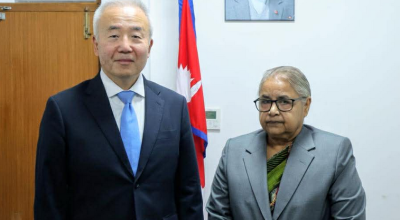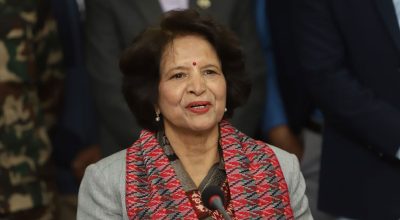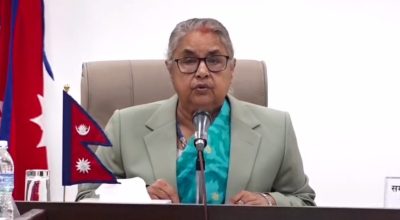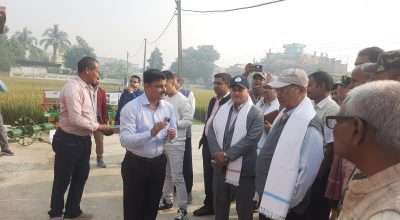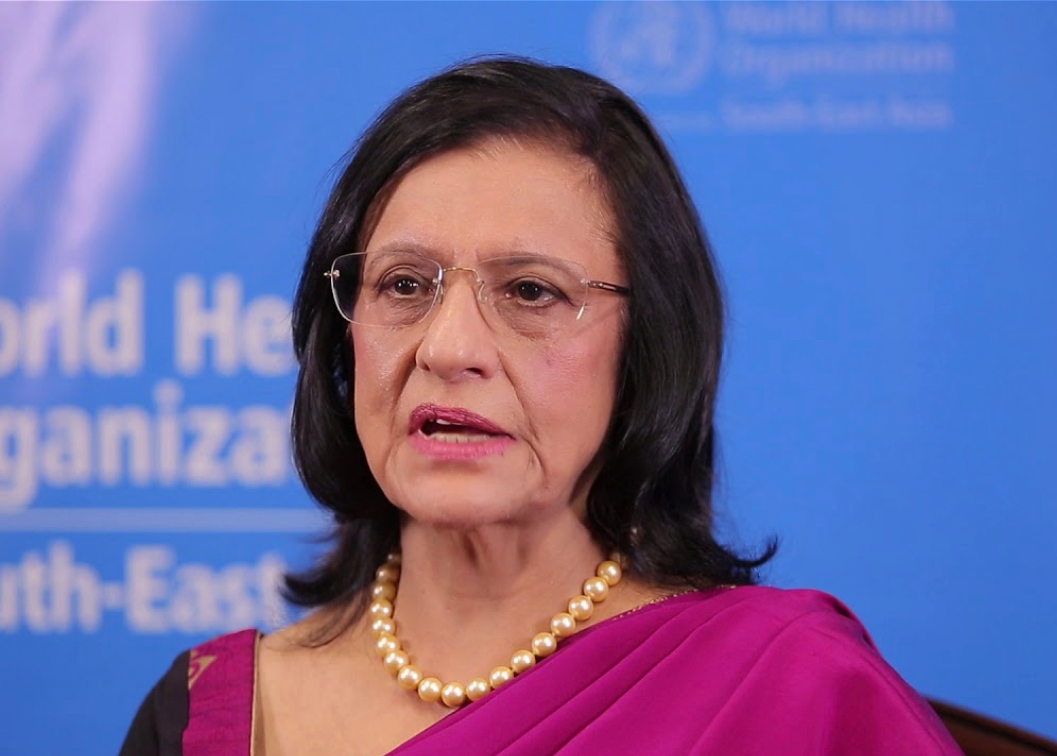
Dr Poonam Khetrapal Singh
On World Birth Defects Day, WHO and its Member States in the South-East Asia Region and globally are raising their collective voice to increase awareness for all birth defects and improve access to quality care and treatment. In 2019 birth defects accounted for more than 530 000 deaths globally, including more than 117 000 deaths in the Region – around 22% of the global total. They were the third most common cause of child mortality in the Region, and the fourth most common cause of neonatal mortality, constituting 12% of all neonatal deaths. In addition to mortality, birth defects can cause long term morbidity and disability, which in low- and middle-income countries, can strain health system, social and family resources. In all countries of the Region, WHO will continue to intensify efforts to increase birth defect prevention, surveillance, care and research, accelerating the World Birth Defects Day (WBDD) movement.
Amid the COVID-19 response, WHO continues to support all countries of the Region to protect, defend and advance progress in all areas of health, including to accelerate reductions of maternal, neonatal and under-five mortality – since 2014, a Flagship Priority. All Member States have in place national action plans to prevent and control birth defects, and have initiated hospital-based birth defects surveillance. Six Member States – Bangladesh, Bhutan, India, Maldives, Myanmar and Nepal – continue to provide high-quality data to a WHO-supported online surveillance database, which by the end of 2021, had registered more than 4 million births, including around 45 000 babies born with birth defects. As part of Region-wide efforts to eliminate measles and rubella by 2023 – another Flagship Priority – all countries of the Region have introduced rubella vaccination of girls, reporting an average 83% coverage. Several Member States now fortify foods such as wheat flour with folic acid, vitamin B-12 and iron, and include interventions for common birth defect management and care within national child health programmes.
For the Region to achieve key targets and goals – including a 35% reduction in folic acid-preventable neural tube defects, a 50% reduction in thalassemia births, and to eliminate congenital syphilis – several priorities must be addressed. First, gaps in rubella immunization must be closed, and access to good quality antenatal care improved. Such care should incorporate counselling that encourages pregnant women to avoid unnecessary medications and X-rays, prevent exposure to toxic environmental elements, and avoid harmful products such as tobacco and alcohol. Second, access to pre-natal screening technologies such as ultrasound must be increased, in addition to clinical and laboratory screening of newborns and infants. Primary health care providers should be trained to support diagnosis and referral, which in most health systems is feasible.
Third, the quality of medical therapy, surgery, rehabilitation and palliative care services must be enhanced, and referral pathways better defined and utlilized. Affected children and their families must have ongoing access to appropriate mental health and psycho-social support services, and be free of stigma and discrimination. Fourth, data collection, monitoring and evaluation must continue to be strengthened, and policies and programmes assessed on an ongoing basis. Equity, efficiency and impact must continue to define all we do.
Our WBDD movement must continue to build. Birth defects are common, costly, and critical. Across the Region, they account for an increasingly large proportion of under-five mortality as other causes continue to decline. Together, we must continue to integrate interventions to increase birth defect prevention, surveillance, care and research across programme areas, accelerating progress towards our Flagship Priorities and “Sustain. Accelerate. Innovate” vision. On World Birth Defects Day, WHO reaffirms its commitment to ensuring every woman and child can survive and thrive, and transform our Region and world.
WHO Regional Director for South-East Asia







